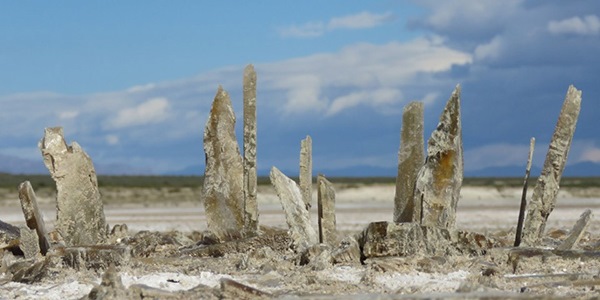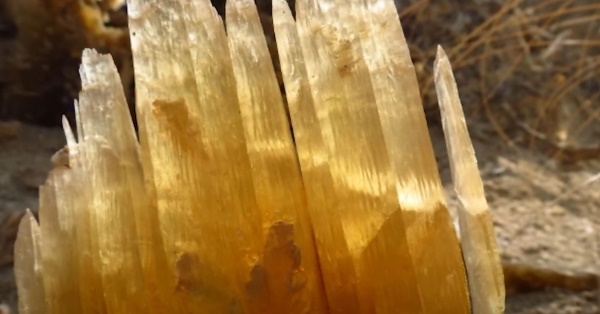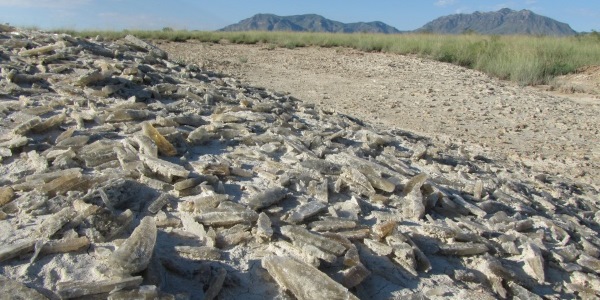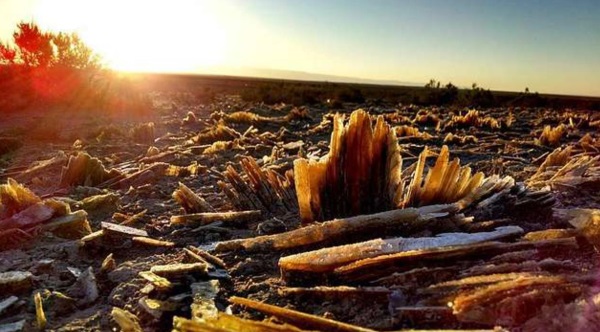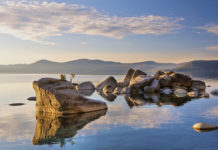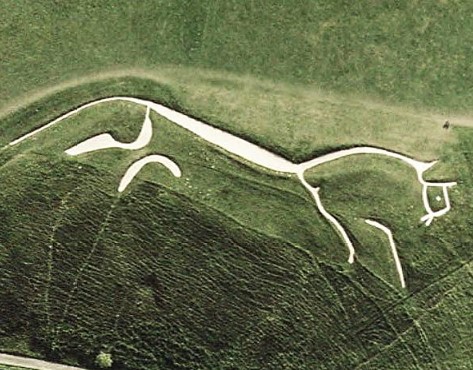Lake Lucero is a playa in the Tularosa Basin, part of White Sands National Park in New Mexico, USA.
Lake Lucero is located in the National Park’s Zone of Cooperative Use, which is normally limited due to United States military security. Lake Lucero is a dry lake bed that only gets filled with water once a significant amount of snowfall or rain falls nearby.
During the ice age, the environment was significantly wetter between 24,000 and 12,000 years ago. Gypsum was transported into the basin by rain and melting water from the Sacramento Mountains to the east and the San Andres Mountains to the west. The 1,600-square-mile lake, formed by the gypsum flow as Lake Otero,. It then turned into a playa, or dry lake bed, that occasionally filled with water. Concentrations of selenite, gypsum in crystalline form, were found left behind.
Annual evaporation cycles have precipitated much of the gypsum into impure, brownish selenite crystals in the alkaline mudflats along the shoreline. The brittle selenite and other precipitated gypsum are then eroded into the pure-white sands, which mostly cover the national park.
Lake Lucero is approximately 13.5 sq km in size. It is named after two brothers, José Lucero and Felipe Lucero, who purchased a quarter-section of water-bearing land along the south bank of the mostly dry lake in 1897. The brothers were also sheriffs of Doña Ana County, expanded their farm into a 20,000-acre ranch that could maintain 2,000 cattle. The ranch’s eventual condemnation contributed to the creation of the White Sands Missile Range, which is today used as the Zone of Cooperative Use component of White Sands National Park.
Eolian erosion moves gypsum crystal shards from the Lake Lucero Playa and Alkali Flat northeastward. Beneath plants, sand grains congregate to form modest dunes and tiny sand ripples. Further downwind, larger dome dunes develop and may eventually give rise to barchan dunes. Nowadays, erosion of what was once the Lake Otero bottom exposes selenite crystals in the steep gullies, and the trail to Lake Lucero crosses.
Fragments of selenite wash into Lake Lucero as the breakdown proceeds. They could appear to you as translucent crystals. As they bump against one another and scrape against the wind, they eventually turn white. The resulting scratches reflect white light, and the sun and breeze make the sand whiter. This explains why the dunes appear tan right after a thunderstorm before they dry out again.
Periodic guided tours, overseen by the National Park Service, allow interested parties brief visits to the lake and the surrounding desert. The nearest tourist destinations are Las Cruces and Alamogordo. US Route 70 runs approximately five miles southeast of the lake between Las Cruces and Alamogordo, but the playa is not visible from the road.
Those interested in learning more about the history of the sands and the construction of the dunes can take a ranger-led tour of Lake Lucero at White Sands National Park. It is necessary to make reservations one month before the tour date. Hiking 1.5 miles over rugged desert terrain and washes will get you to the lake and back. A little maintenance on the trail has been done, and this trek is rated as moderate.
This region gradually began to change into the contemporary Chihuahuan Desert as the temperature rose and became drier due to the influence of the sun and wind. Much of Lake Otero evaporated. The smaller seasonal playas that persisted formed modern Lake Lucero, while the dry sections of the lakebed became known as Alkali Flat.
Read More: Fairyland Caverns – Breathtaking Homage to Rock City Gardens

